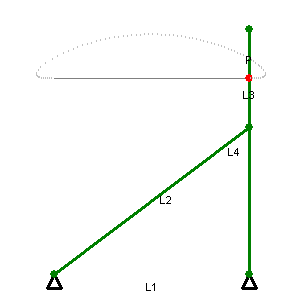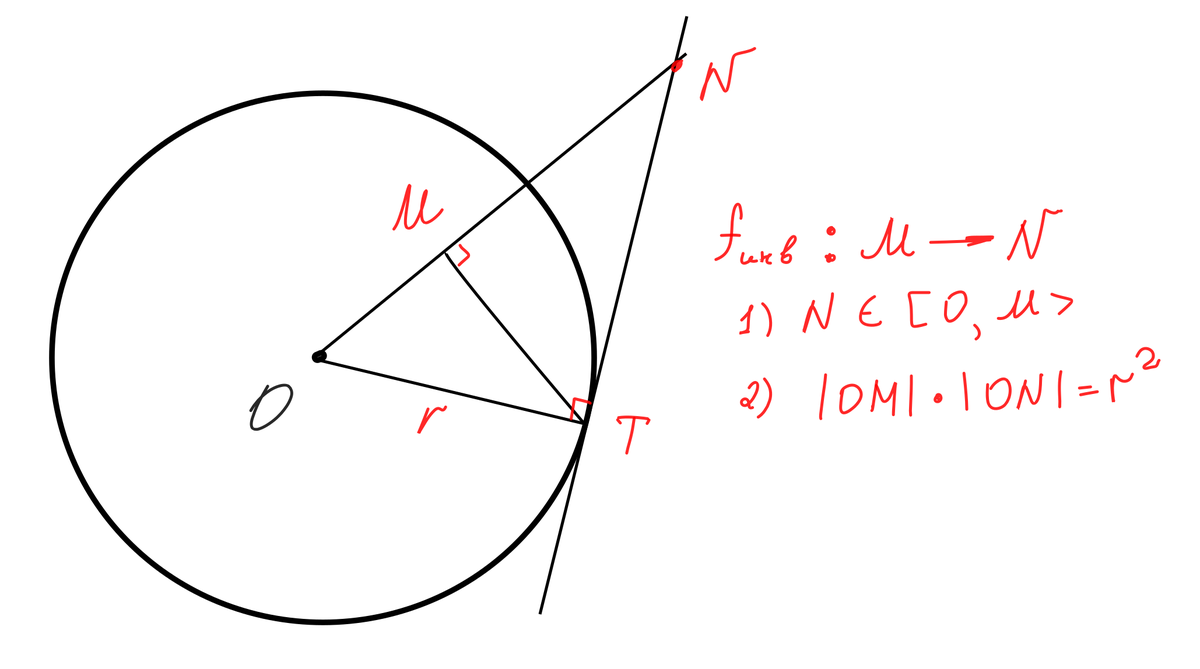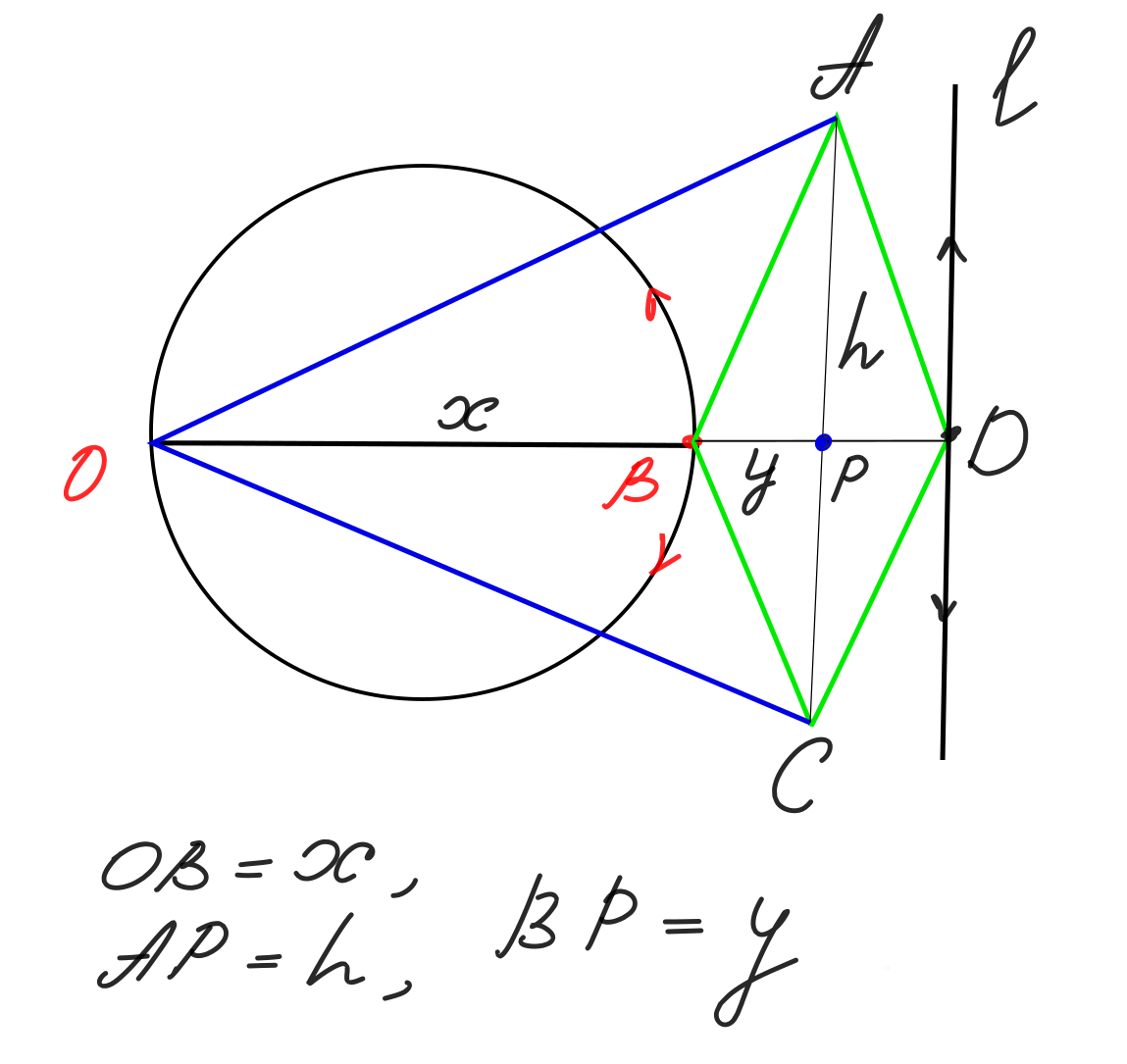An amazing invention of a Russian engineer that did not save him from poverty. Straight Lipkin
Greetings, dear Readers! Today I want to talk about the device, the author of which is the Russian mathematician Lipman Izrailevich Lipkin (1840-1876). A native of the Kovno province of the Russian Empire (now the Kretinga district, Klaipeda district, Lithuania), Lipkin received a Jewish religious education from his father, a rabbi, as a child. Having fallen under the influence of the educational movement and science, at the age of 15 he left his family and went to Germany. He received his doctorate from the University of Jena. Studied mathematics at the universities of Königsberg and Berlin.
In 1868 he published a geometric proof of the possibility of transforming rectilinear motion into circular motion.
It is important to note here that Lipkin’s work showed that it is possible to perfect (mathematical exact) transformation of movements.
The approximate transformation has been known since the time of James Watt (18th century), who developed the following scheme to give the piston of a steam engine a rectilinear motion:

In addition, do not forget the famous Chebyshev upright stool (19th century), based on the following design:

But what kind of magic helped Lipkin develop perfect from a geometric point of view, the device? Her name is inversion.
Inversion
In standard Euclidean geometry, inversion is one of the classical transformations and is sometimes called reflection about a circle.

Inversion centered on a point ABOUT and radius r transforms each point Mlying inside the circle, to a point Nlying on the corresponding ray, with the relation (2).
Inversion, as it were, “turns” the circle inside out
In addition, inversion maps any circle to a straight line (and vice versa). Indeed, let’s transform some circle passing through the center (important) of the inversion:

The algorithm is the following:
draw a ray through the point to be inverted and the center of inversion ABOUT;
from the inverted point we restore the perpendicular to the intersection with the inversion circle (dotted line);
draw a tangent at the point of intersection of the perpendicular and the circle;
at the intersection we obtain the image of the inversion of the desired point.
And inversion belongs to a special class involutive transformations
Of course, there are several more options for the relative position of the circle relative to the center of inversion, but we have already considered the one we need. Now we can easily understand how Lipkin’s straight line works.
Straight Lipkin
Schematically, the device can be represented as follows:

When dot B moves in a circle, point D moves along an ideal straight line l. It is clear that the proof of this fact rests on inversion, namely, on the assertion that the point D is the image of the point B.
Note that the points O,B And D lie on one straight line (this follows from the equality of pairs of triangles OBA-OBC And ABD-BCD). Now we introduce some new notation:

We need to prove that the product of segments OB And OD equals a constant:

Thus, we have found the difference of constant values (physically, these are rods), which is a certain constant, which indicates the fulfillment of the inversion condition. Means, D is the image of the point B when inverted.
In dynamics it works like this:
It should be noted, however, that not only Lipkin came to the development of this mechanism. Seven years earlier (1864), the French inventor Charles Posselier described the same mechanism, which is why the name “Lipkin-Peosellier device” can be found in foreign literature.
The fate of two inventors formed differently. The Frenchman, being an officer of the engineering troops, rose to the rank of major general, distinguished himself in the field of geometric optics, and generally lived a fairly long and well-fed life, dying in 1913 at the age of 81.

Lipkin lived to be only 35 years old. The years of poverty that accompanied his studies at St. Petersburg University and the lack of support from his father, who longed for someone to influence his son to direct his life force towards religion, had an effect.




